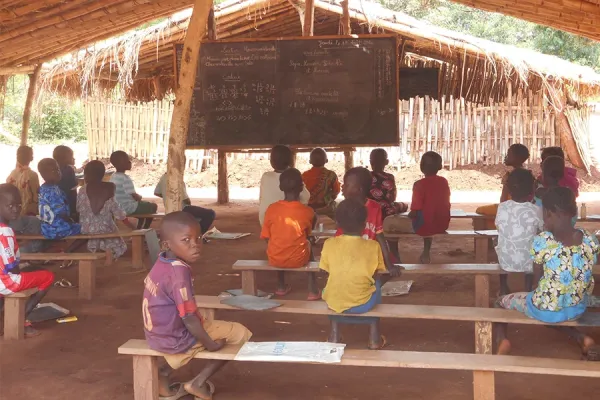In childhood research and children's rights research, as with people who work directly with children in different capacities, "child participation" is a hot topic. The idea is that we should not (always) decide over children, as adults, but we should decide over children's lives with children. Children have the right to participate according to several UNCRC articles, such as art. 12.
One of the questions relating to this development is the question how we can evaluate child participation. How can we tell when a child program or research is sufficiently participative?
Roger A. Hart developed a "participation ladder" in a 1992 UNICEF report, which is still often used to measure and evaluate the level of child participation to certain projects.

Then, in 2008, he wrote another paper titled "Stepping back from 'The Ladder': Reflections on a Model of Participatory Work with Children". In this paper, he more or less distances himself from the way the ladder of participation is being used by many children's rights organizations, arguing that his 1992 article 'was simply meant to stimulate a dialogue on a theme that needed to be addressed critically. But many people have chosen to use the ladder as a comprehensive tool for measuring their work with children rather than as a jumping-off point for their own reflections' (p. 19). He points to the dangers of glorifying participation without critical reflection, as for example ‘a child may not want at all times to be the one who initiates a project’ (p. 24).
Questions to be discussed during tomorrow's study hour with Defence for Children colleagues include:
1. Can we have a ladder-model of child participation? Is more participation better than less?
2. Is the idea of child participation culturally determined (as Hart claims on p. 26-28)?
3. How can we evaluate child participation?
Here you can find the document that introduces tomorrow's study hour.



